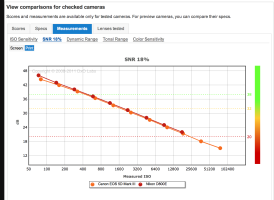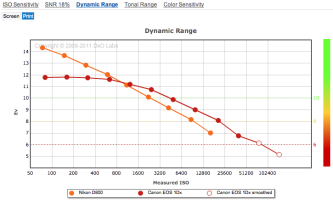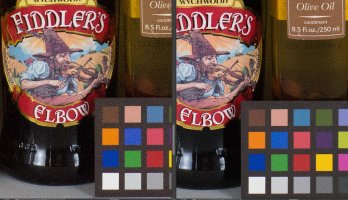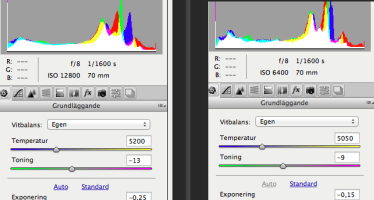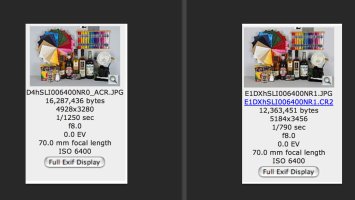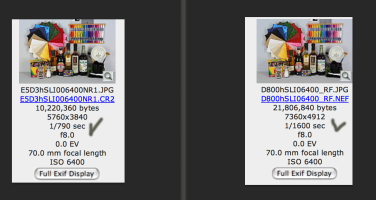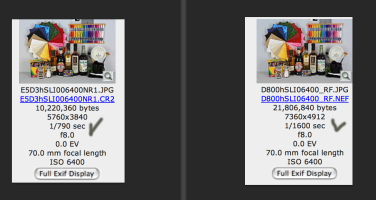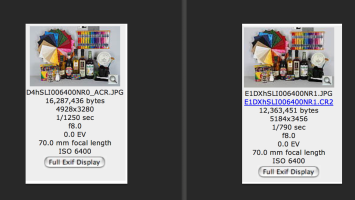neuroanatomist said:jukka said:Then you are looking at noise reduction, no way that d800 has more noise from 400iso and up to 6400iso than 1dx
et näe metsää puilta
Maybe the forest can't be seen for the trees, because you're showing a picture of skyscrapers and not trees? You are posting about high ISO noise, then showing data about dynamic range (calculated as full well minus read noise). Read noise contributes to the DR calculation, but there are more factors that contribute to high ISO noise than just read noise, and Shooter is actually looking at real-world images - something that must carry significant weight in this discussion. Even then, if you look at Claff's read noise vs. ISO plot (which is far more relevant to this discussion), you'll see that between ISO 500 and ISO 4000, the 1D X has lower read noise than the D800. You might also try showing the D800, not the D800E, since the former is the camera under discussion (although the differences are minor, the D800E has a slight advantage in most measurements, which is perhaps why some people choose to show those data instead, to accentuate any differences with other models). I wonder why you opted to show the less relevant DR data to support your point, instead of the more relevant read noise data, which are entirely consistent with Shooter's statements based on real-world observations, but with which you disagree?
Finally! Someone came through with some useful data that actually supports what people are seeing in the field (no pun intended).
Upvote
0

